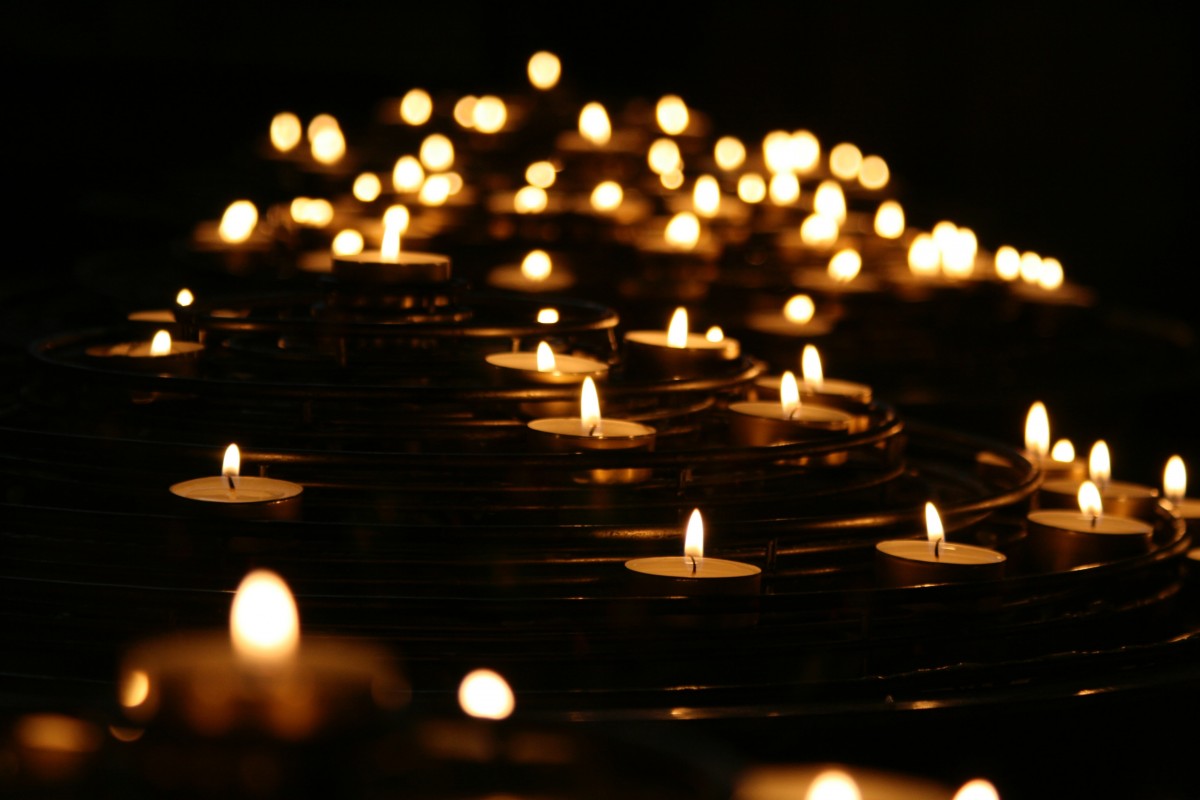The Emotional Paradox of Loss and Hope

All around the world, there is massive loss occurring: loss of life, health, jobs, money, relationships, psychological stability, emotional stability, and faith. And yet, there is also hope: leaders are working tirelessly to pivot their organizations to meet emerging needs, researchers are collaborating across borders in unprecedented ways, individuals are reinventing themselves by necessity, pollution is subsiding, and parents are spending more quality time with their children.
Both the losses and the hopeful events are occurring simultaneously. Depending on our national, community, religious, personal and other circumstances and perspective, we may notice only the loss, or only the hope, or we may notice both. And our emotional experiences are dictated by what we notice.
If we hold the complexity of what my friend and colleague Dr. Wendy K. Smith calls the paradoxical nature of these two experiences, we may find our emotions changing many times over the course of the day. If we’re experiencing a personal loss or if we’re on the front lines or if it is in our nature to pay close attention to the collective trauma that is occurring, we may feel stuck in worry, sadness, grief. Or if we’re plowing through the day, we may not be stopping to notice our emotions at all, until we’re suddenly overcome with sorrow or a stark reality hits us.
The Emotion Traps
In my book, Optimal Outcomes, I write about how we tend to experience, and express, our emotions, and the three emotion traps we get stuck in as a result: the Knee-Jerk Reaction Trap, the Lurking Emotions Trap, and the Inaccessible Emotions Trap. (If you’re interested in which emotion trap you tend to fall into, you can take the free quiz to find out.)
The emotion traps describe how we experience and express our emotions. Understanding how we experience and express our emotions can go a long way toward helping us constructively communicate about our emotions with other people. And understanding other people’s emotion traps can help us relate to them more effectively, too.
For example, my client Susan, the CEO of a global advertising firm, tends to fall into the Knee-Jerk Reaction Trap. She experiences her emotions intensely, and expresses them quickly. That’s true whether she feels joyful, angry, or sad and it’s true in times of crisis and in more normal times. Knowing this helps her notice when she’s reacting too quickly, and gives her the opportunity to try to change course when that would be helpful.
Susan’s COO at the ad company, Jay, tends to fall into the Inaccessible Emotions Trap. Jay’s emotions barely register on his own radar; if he feels them at all, he doesn’t pay much attention to them, and he doesn’t express them. Knowing this helps Susan put Jay’s reaction (or lack thereof) into perspective, and helps Susan initiate a conversation with Jay about the different ways they each experience, and express (or don’t), their emotions.
The impacts of the coronavirus pandemic are complex. Around the globe, many people are being affected in myriad ways: physically, financially, psychologically, socially, spiritually. There is much emotional distress and trauma unfolding.
Because we may process our emotions differently from the people with whom we live or work, it can be helpful to simply be aware of how we, and others, experience and express our emotions by noticing our, and their, emotion traps. But this is only the first step.
Identify Your Emotions, and Talk to Them
The next step is to identify your emotions more specifically. You don’t need to wallow in them; it just helps to name them: “Ah, now I’m feeling sad.” “Now I’m feeling worried.” “Now I’m feeling fearful.” “Now I’m calm.”
Once you know what you’re feeling, you can let it be what it is. Sometimes, it will settle and the next emotion will come along.
But in times like these, our emotions may not settle so easily.
If that’s the case, try talking to your emotions. Treat them like old friends who have come to visit you. Ask them what they have come to tell you. You could say, “Hello fear, what do you want me to know? What do you want me to do or not do?” Or “Hi sadness. It’s a very sad time right now, isn’t it? How can I help you grieve?”
Take Constructive Action Based on Your Emotions
Then you can choose how you want to respond. What is a constructive action you can take based on your emotions?
Maybe you’ll allow your emotions to be who they are. Maybe you’ll say, “There’s a lot of sadness in the world right now, and it’s OK to be sad.” Or maybe you’ll choose a simple action, like calling a friend to express your condolences or to ask for help. When you notice your fear, maybe you’ll acknowledge it by saying no to something that doesn’t feel comfortable for you. Or perhaps you’ll use your anger as a catalyst for positive change by contacting a political or health-related organization to ask how you can help.
Stay in dialogue with your emotions. Ask what they’re trying to tell you. Then take constructive action based on them.
Be Gentle With Yourself and Others
This is an emotional time for so many people across the globe. Remember that each of us falls into our own emotion trap. Some of us experience our emotions intensely, while others barely feel them at all. Some express our emotions easily, while others hold our emotions inside. Simply notice your own emotion trap, and identify what you’re feeling at any given moment. Doing this can go a long way toward enabling you to process your own emotions, and to be emotionally present for others.
Questions to consider:
- Which emotion trap do you tend to fall into? (Take the quiz here.)
- Have you experienced loss during this time? Hope? Both? Neither?
- Have you expressed sadness and hope? Have you mostly expressed one or other? Neither?
Please leave your answers to these questions in the comments below. I’d love to hear from you.
Subscribe to the newsletter and learn to achieve optimal outcomes.
When you sign up, you'll also receive a complimentary Optimal Outcomes Workbook.
"*" indicates required fields


